-
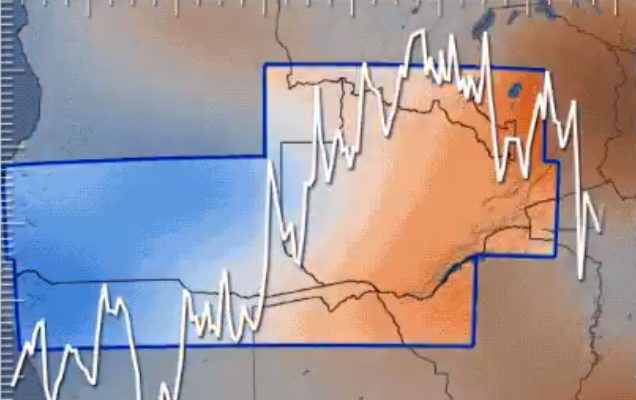
NASA Earth has an interesting article showing the movement of fresh water around the world as tracked from their satellite GRACE. Over that 15-year time period, they observed that “Earth’s wet areas are getting wetter and dry areas are getting drier due to a variety of factors, including human water management, climate change and natural…
-
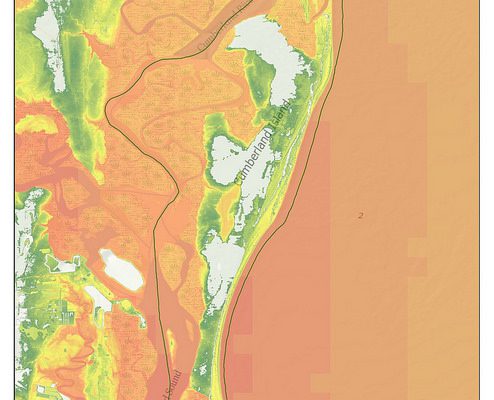
The National Park Service has issued a number of new maps showing the impacts of storm surge on NPS sites such as Biscayne Bay FL, Assateague Island VA, and Fort Sumter SC. As you can imagine, there are quite a few sites for the Southeast since we have such a long coastline. For more information,…
-
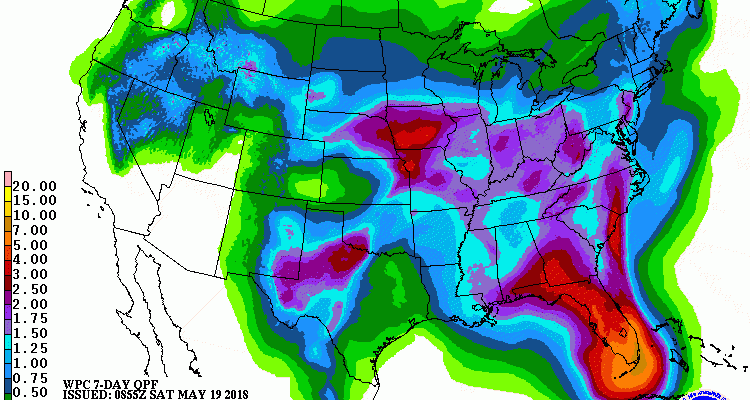
The latest 7-day QPF forecast indicates that the current rainy pattern is likely to continue for at least the next week, with rainfall amounts of up to several inches of rain in isolated locations likely to occur as scattered showers and thunderstorms continue to move through the region. The highest amounts of rain are expected…
Posted in: Climate outlooks -
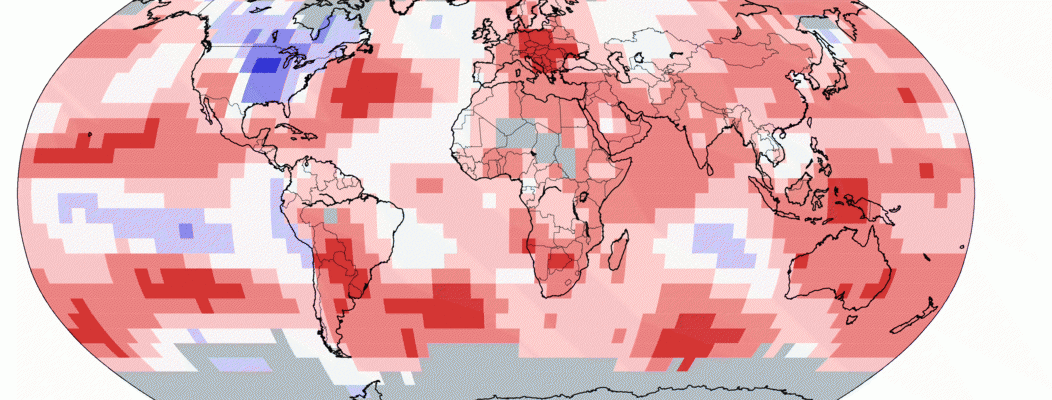
The latest global climate summary from NOAA for April 2018 shows that this month was the third warmest April since records began in 1880, surpassed only by 2016 and 2017. This makes 400 months in a row with temperatures that were at least slightly above the 20th century average. Temperatures were buoyed by a very…
Posted in: Climate summaries -
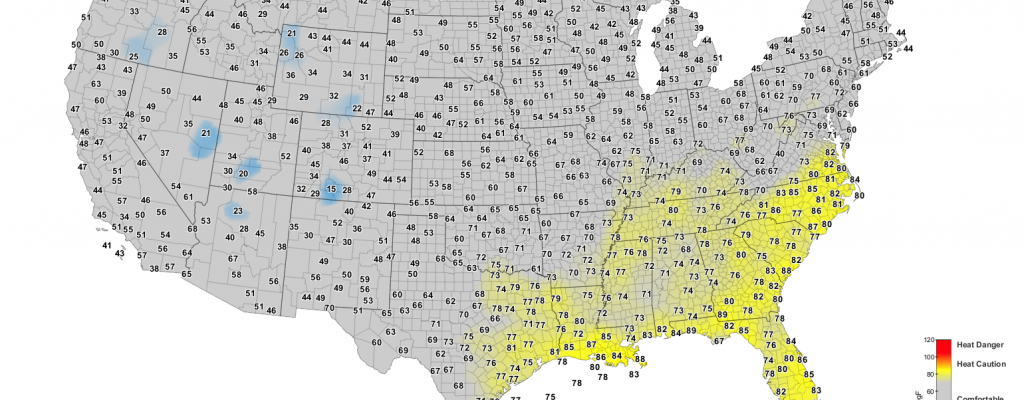
Drovers Newsletter has a timely article this week on cattle heat stress and when it is too hot to work cattle, and especially calves, which are more susceptible to stress than full-grown animals. You can find it here along with links to sources of cattle heat stress maps (or go directly to the Cattle Comfort…
-
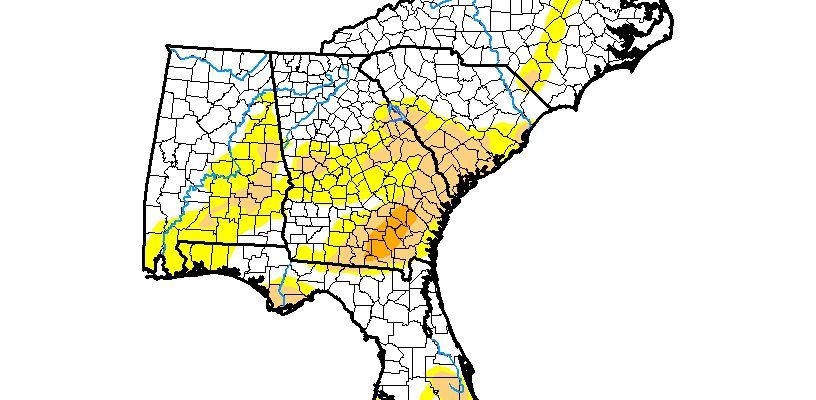
The tropical system which has been moving north through the Southeast this week has reduced severe drought in southern Florida in the latest Drought Monitor map, but drought in other areas remained the same as of the cutoff date on this past Tuesday. The rain that has fallen since then is likely to reduce drought…
Posted in: Drought -

NOAA reported this week that they have detected an increase in the production of chemicals that were banned due to their impact on high-altitude ozone. This indicates that someone has begun producing it again. The study narrows it down to somewhere most likely in eastern Asia. This is bad news because the reduction in the…